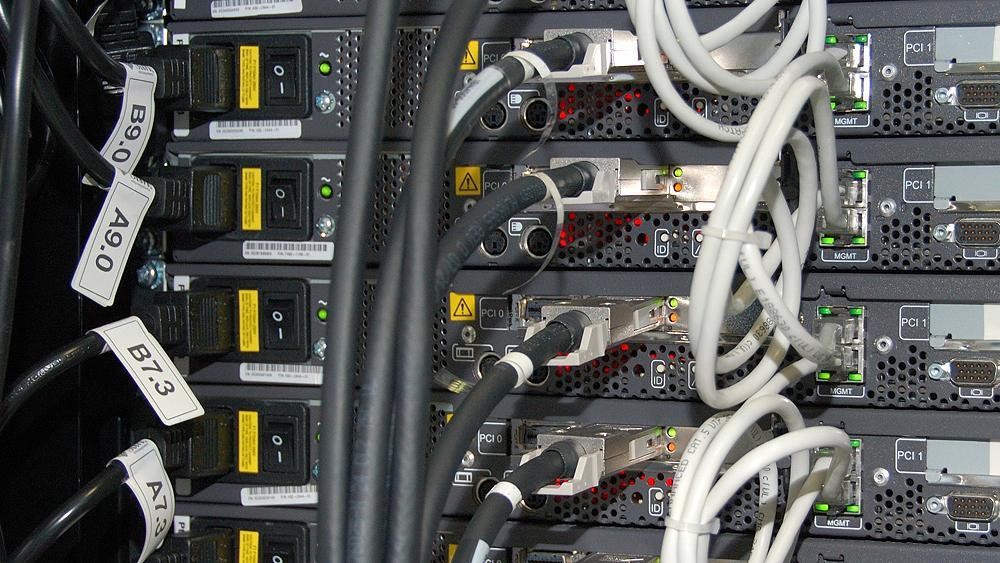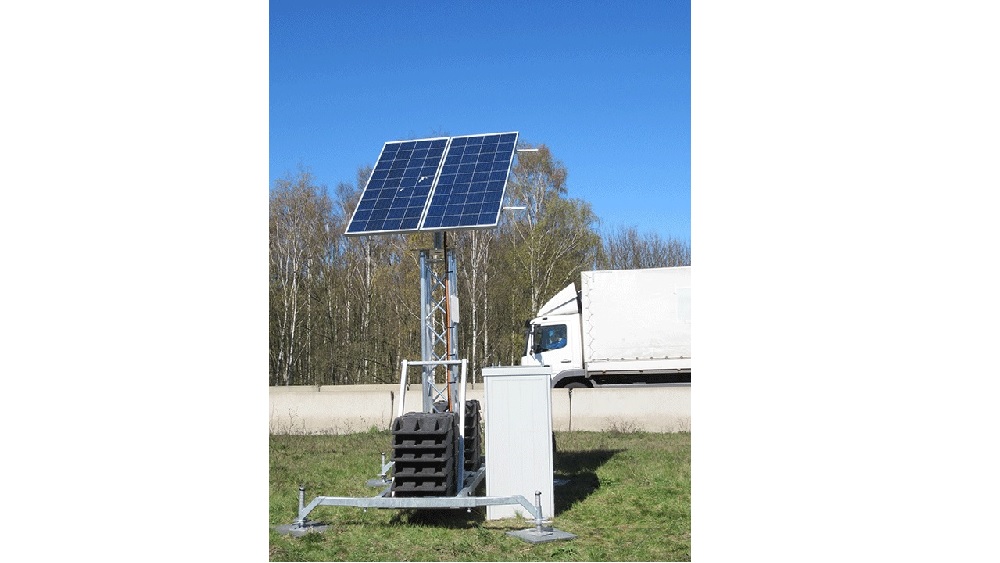Research into V2X communication is an important step towards making traffic safer and more efficient in the long term – not least with regard to the development of automated driving assistants.
Role of the intelligent ITS communication units at the Test Bed Lower Saxony
The Test Bed Lower Saxony is equipped with acquisition and communications technology as well as underlying background systems on selected stretches of road along the A39 motorway. While it is also used to record and analyse traffic conditions, the primary focus is on research into vehicle-to-infrastructure (V2X) communications technology. The comprehensive coverage of the communication units enables the high-precision exchange of information between the units and the test vehicles. This allows for the comprehensive testing of cooperative vehicle functions that communicate with infrastructure and background systems such as maps and other online services and which are supported by ITS-G5.
The V2X communications technology mounted on the support masts can also be deployed via mobile superstructures for temporary use anywhere in the test field, such as in the nearby urban areas.
The acquisition and communications technology at the test field can also be integrated with one another. In addition to recording and subsequently analysing driver positions, this allows traffic scenario interpretations to be tested via direct communication to the respective vehicle.
DLR communications technology capabilities
✅ Enables practical testing of Car2X communication under real-time conditions
✅ Collected data can be used for general road safety purposes as well as for future driver assistance systems
✅ The technology can be equipped on all vehicles in the DLR research fleet for use in tests
✅ Tests involving the technology provide information on traffic flow and driving behaviour (important for testing future approaches to traffic management)
✅ Processed data can be made available to external companies and institutions
✅ The technology can be connected to interfaces such as the Lower Saxony Traffic Management Centre
General and technical data
- Location: Close-meshed coverage on the A39 from the Cremlingen junction to the Wolfsburg / Königslutter motorway junction
- Commissioned: January 2020
- Operation: year round
- Route length: 18 kilometres
- Number of communication units: 12 units equipped with V2X - ITS G5
- Almost complete coverage of the route section allows for high-precision transmission and data reception
- The technology and mobile superstructures are connected to background systems such as maps and other online services
- The communications systems are installed at a height of between six and seven metres above road level in order to avoid occlusions
Funding and cooperation
The construction of the Test Bed Lower Saxony was financed using funds from the Lower Saxony Ministry of Science and Culture, the Lower Saxony Ministry of Economics, Labour, Transport and Digitalisation, as well as the European Regional Development Fund (ERDF).
We also regularly work together with public and private research participants.
FAQ – Frequently asked questions about communications technology in the Test Bed Lower Saxony
Which vehicles can be equipped with the communications technology?
We can equip all test vehicles from our AIM vehicle fleet with Car2X or V2X communication technology for use in the test field.
Can I carry out private tests with DLR's equipment?
We make both our facilities and our research vehicles available for testing by external partners and customers. To book or for further information, please contact us.
When can the communications technology be used in the test field?
The test field, as well as our facilities, can be operated year round, around the clock and in all weather conditions. This makes it possible to test traffic scenarios at different times of day and in weather conditions.


